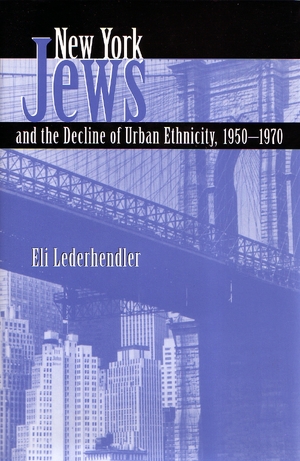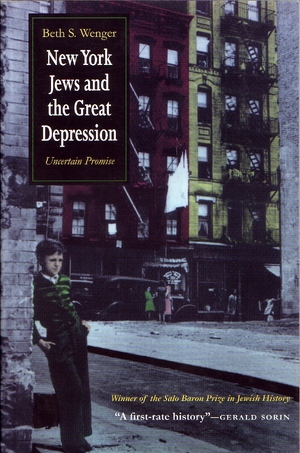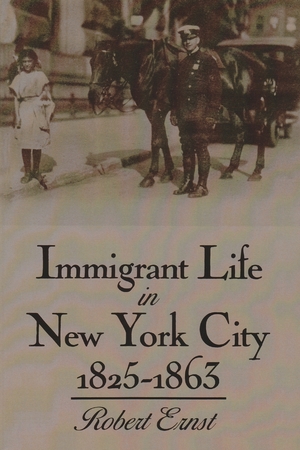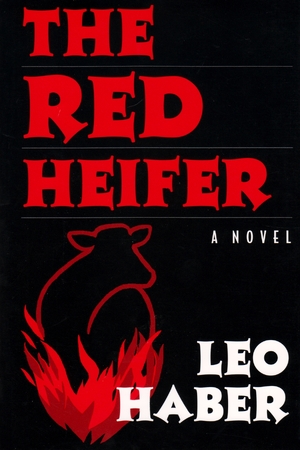Description
The first book-length study of Jewish culture and ethnicity in New York City after World War II.
Here is an intriguing look at the cause and effect of New York City politics and culture in the 1950s and 1960s and the inner life of one of the city’s largest ethnic religious groups. The New York Jewish mystique has always been tied to the , fabric and fortunes of the city, as has the community’s social aspirations, political inclinations, and its very notion of “Jewishness” itself.
All this, points out Eli Lederhendler, came into question as the life of the city changed. Insightfully and meticulously he explores the decline of secular Jewish ethnic culture, the growth of Jewish religious factions, and the rise of a more assertive ethnocentrism. Using memoirs, essays, news items, and data on suburbanization, religion, and race relations, the book analyzes the decline of the metropolis in the 1960s, increasing clashes between Jews and African Americans. and postwar transiency of neighborhood-based ethnic awareness.
Table of Contents
Preface
1. Jews and the Great Urban Utopia
2. Past and Premonition: Mass Society and Its Discontents
3. A Culture of Retrieval
4. What's to Become of Man, Then?
5. Why Can't They Be Like Us?: Race, Class, and Civic Culture
6. Fragment and Confront: The Politics of Division
7. City and Ethnicity
Works Cited
About the Author
Eli Lederhendler is the Stephen S. Wise Associate Professor of American Jewish History and Institutions at the Hebrew University in Jerusalem. He is the author of The Road to Modem Jewish Politics, winner of the 1990 National
Jewish Book Award.
Related Interest
November 2001




